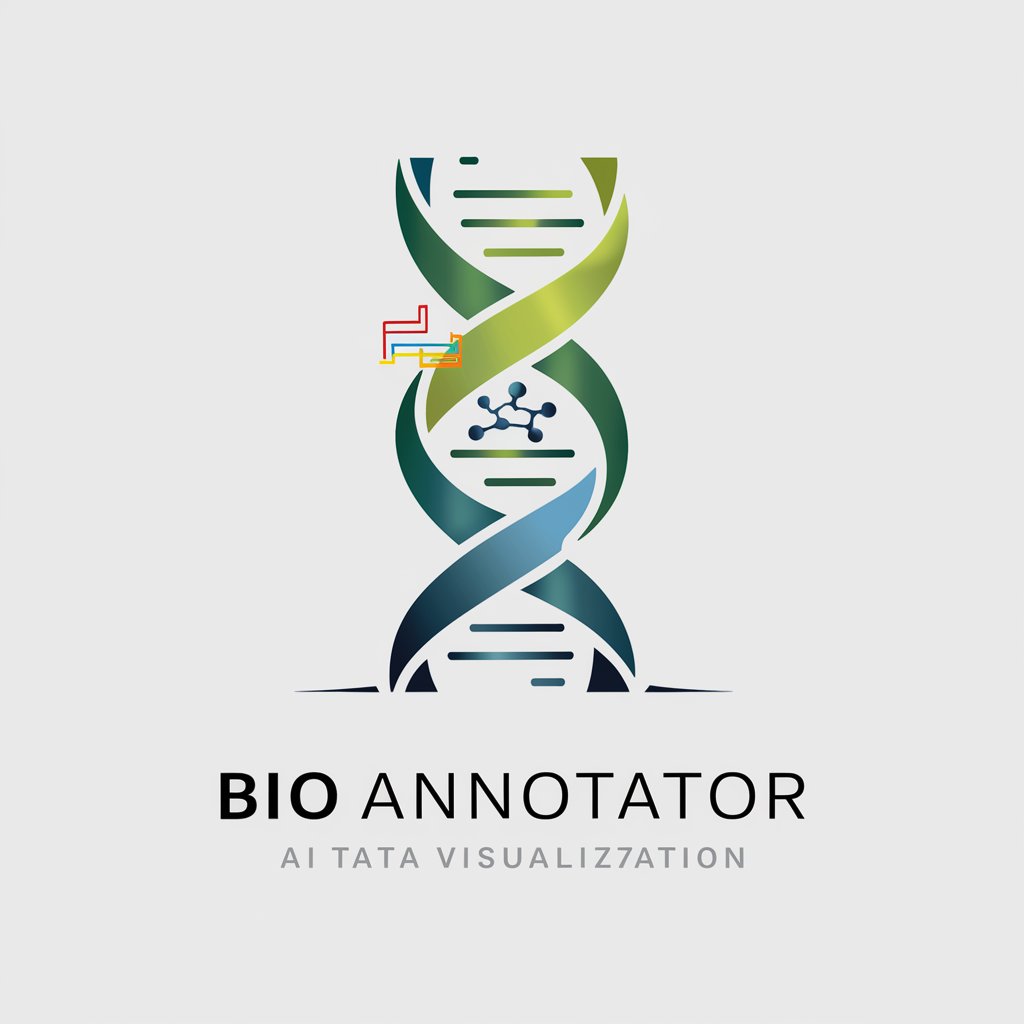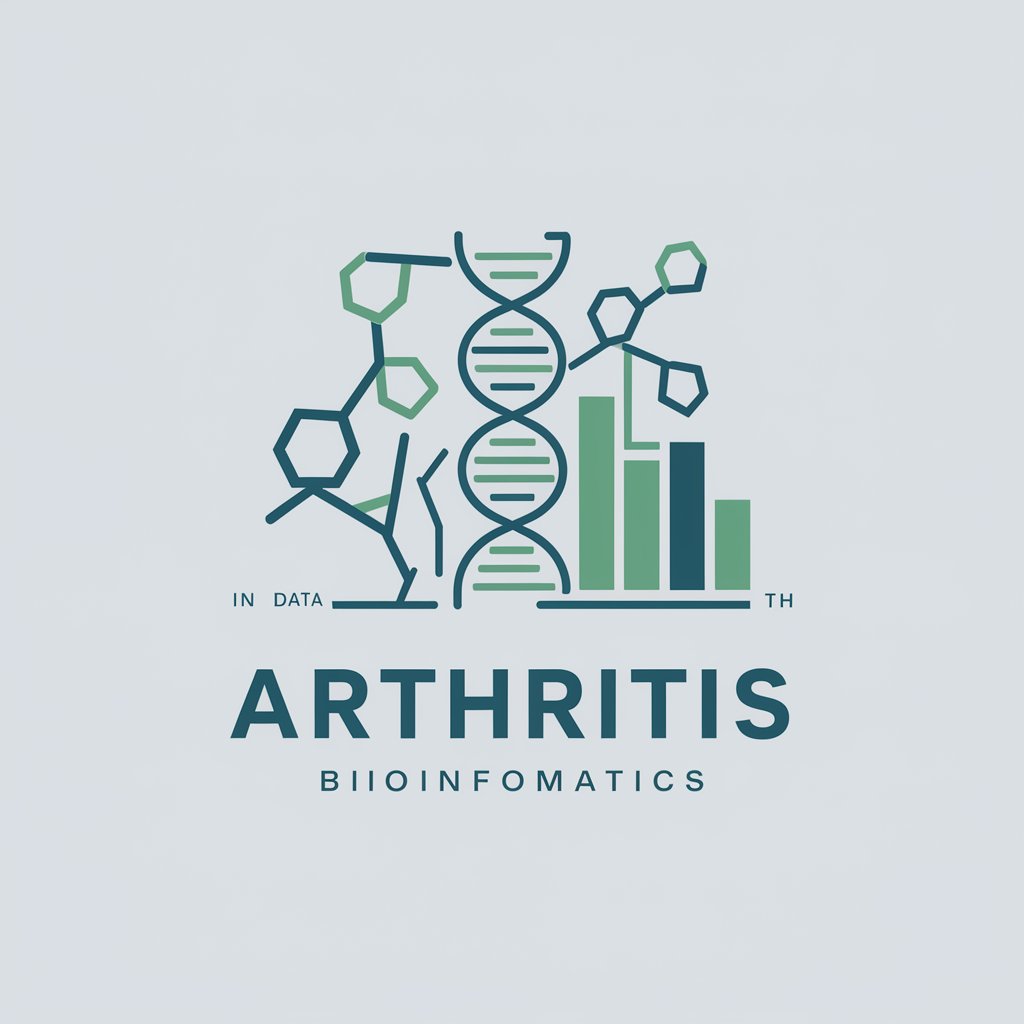6 GPTs for Protein Analysis Powered by AI for Free of 2025
AI GPTs for Protein Analysis are advanced computational tools powered by Generative Pre-trained Transformers (GPTs) tailored for the specific domain of protein analysis. These tools leverage the capabilities of GPTs to understand, predict, and analyze protein structures, functions, and interactions. They are designed to facilitate a wide range of tasks in the field, from predicting the 3D structure of proteins to understanding their role in diseases. By harnessing the power of AI and machine learning, these tools offer a revolutionary approach to protein science, enabling faster and more accurate insights than ever before.
Top 5 GPTs for Protein Analysis are: Proteome Guide,Myostatin Protein Expert GPT,Protocol Generator from knock in to WB,Bio Annotator,Bioinformatics Engineer
Proteome Guide
Deciphering Proteomics with AI

Myostatin Protein Expert GPT
Unlocking the Secrets of Muscle Growth

Protocol Generator from knock in to WB
Streamline Your Experiments with AI-Powered Protocols

Bio Annotator
Empowering Research with AI-Driven Insights

Bioinformatics Engineer
Empowering Arthritis Research with AI

Key Attributes of Protein Analysis AI
AI GPTs for Protein Analysis come with a suite of unique features that set them apart. These include advanced language learning algorithms capable of understanding scientific texts, technical support for data analysis and visualization, web searching capabilities for the latest research, and even image creation for visualizing protein structures. Their adaptability ranges from simple protein sequence analysis to complex predictive modeling for protein functions and interactions, making them invaluable tools in the field of bioinformatics and molecular biology.
Who Benefits from Protein Analysis AI Tools?
These AI GPTs tools are designed to cater to a broad audience within the protein analysis domain, including students, researchers, bioinformaticians, and pharmaceutical developers. They are accessible to novices with no coding experience, thanks to user-friendly interfaces, while also offering extensive customization options for seasoned developers and professionals seeking to conduct in-depth analysis or integrate these tools into larger research frameworks.
Try Our other AI GPTs tools for Free
Bioinformatics Tool
Discover how AI GPTs for Bioinformatics revolutionize biological research with advanced data analysis, predictive modeling, and intuitive tools tailored for scientists and enthusiasts alike.
Drug Modeling
Revolutionize drug discovery with AI GPTs for Drug Modeling. These powerful tools accelerate development, predict outcomes, and simplify complex research tasks, making advanced drug modeling accessible to all.
Quantum Hardware
Explore AI GPTs for Quantum Hardware: Tailored AI solutions transforming quantum computing with innovative optimization, simulation, and error correction capabilities.
Case Discovery
Discover how AI GPTs revolutionize case discovery, offering tailored, efficient solutions for legal professionals, researchers, and students alike.
Hobby Tracking
Discover how AI GPTs transform hobby tracking with personalized insights, progress tracking, and interactive engagement, making your hobby experience more fulfilling and tailored to your interests.
Engagement Ideas
Discover how AI GPTs for Engagement Ideas revolutionize strategy creation with personalized content, real-time insights, and seamless integration capabilities.
Expanding Horizons with Protein Analysis AI
AI GPTs for Protein Analysis not only revolutionize how we approach protein science but also pave the way for new discoveries in genetics, disease mechanisms, and drug development. Their ability to integrate with existing systems, coupled with user-friendly interfaces, empowers researchers to push the boundaries of what's possible in protein analysis.
Frequently Asked Questions
What is AI GPT for Protein Analysis?
AI GPT for Protein Analysis refers to the application of Generative Pre-trained Transformers in analyzing protein structures, functions, and interactions, utilizing advanced machine learning techniques.
How can AI GPT tools benefit protein research?
These tools can significantly accelerate research processes, enhance accuracy in protein modeling and prediction, and facilitate a deeper understanding of complex biological mechanisms.
Do I need coding skills to use these tools?
No, many AI GPT tools for Protein Analysis are designed with user-friendly interfaces that do not require coding skills, making them accessible to a wide range of users.
Can AI GPT tools predict protein functions?
Yes, these tools can analyze amino acid sequences to predict protein functions and possible interactions within biological systems.
Are these tools useful for drug discovery?
Absolutely, by understanding protein structures and functions, AI GPT tools can identify potential targets for drug development and aid in designing therapeutic molecules.
How do AI GPTs handle data privacy and security?
Developers of AI GPTs for Protein Analysis prioritize data privacy and security, implementing stringent measures to protect sensitive information and research data.
Can these tools integrate with existing databases?
Yes, many AI GPT tools are designed to integrate seamlessly with existing bioinformatics databases and research tools, enhancing their utility and efficiency.
Are updates provided for AI GPT tools?
Developers regularly update AI GPT tools for Protein Analysis to incorporate the latest research findings, improve functionalities, and address user feedback.